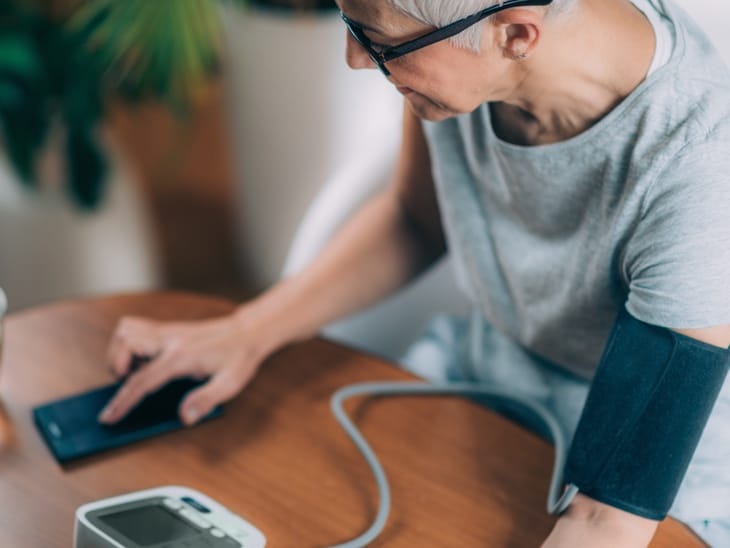Heart disease remains the leading cause of death for both men and women in the United States, accounting for more than one in five deaths. Additionally, it costs our nation nearly $240 billion annually. While these numbers are staggering, they are not inevitable.
The World Health Organization estimates that 80% of heart disease is preventable through controlling high blood pressure, cholesterol, diabetes and adopting healthy lifestyle behaviors. Many steps can be taken to help prevent heart disease. It all starts with making the right lifestyle choices and effectively managing health conditions.
The Role of Remote Patient Monitoring (RPM) in Managing Heart Disease
For some patients, traditional methods are just not enough. That’s when many healthcare providers rely on more innovative approaches to care, such as remote patient monitoring (RPM). RPM has emerged as a critical tool for managing chronic conditions, particularly heart health. The process involves digital health devices that securely collect and transmit patient health data to healthcare providers remotely.
Evidence Supporting RPM
There is a wide range of evidence supporting RPM use for better chronic disease management. In fact, The American Heart Association (AHA) strongly supports the use of RPM technologies for improved cardiovascular disease outcomes. Research published by the AHA in Hypertension found that for individuals with uncontrolled hypertension, remote patient monitoring may cut heart attack and stroke rates by 50%, compared to usual care and self-monitoring alone.
Benefits of RPM in Heart Disease Management
The following are a few more reasons why RPM is an essential ally in the management of heart disease.
Close Gaps in Care
Traditional healthcare involves periodic visits to the doctor’s office, leaving gaps in between appointments. RPM fills these gaps by collecting daily recordings of vital signs and other relevant health information, such as blood pressure, heart rate, and oxygen levels. This data allows clinicians to detect irregularities promptly and make changes in a patient’s care plan to prevent any complications.
Enhance Engagement
With RPM, patients can regularly track and report their vital signs to their doctor’s office. This empowers patients to take a more active role in managing their condition. This engagement can foster a sense of responsibility that helps encourage adherence to treatment plans, medication, and lifestyle modifications, ultimately leading to better disease management.
Reduce Care Costs
By using RPM to identify risks and intervene earlier, healthcare providers can help minimize the potential for costly complications and emergent care that will, in turn, reduce overall care costs for healthcare systems and health plans. For example, a recent cost-utility analysis published in the Journal of American Medicine Association highlighted promising research suggesting that remote patient monitoring could be associated with 87% fewer hospitalizations, 77% fewer deaths, and reduced per-patient costs of $11,472 over standard care.
Forward-thinking healthcare providers and organizations that embrace RPM as a pivotal part of their care strategy are poised to experience improved health outcomes and quality of life for their patients.
Start The Path Toward Better Patient Care
Have questions about how remote patient monitoring for healthcare will work for you and your patients? Let’s have a conversation.
Access the Latest RPM News
Stay up to date with the latest news, articles and webinars about remote patient monitoring and telehealth.
"*" indicates required fields
